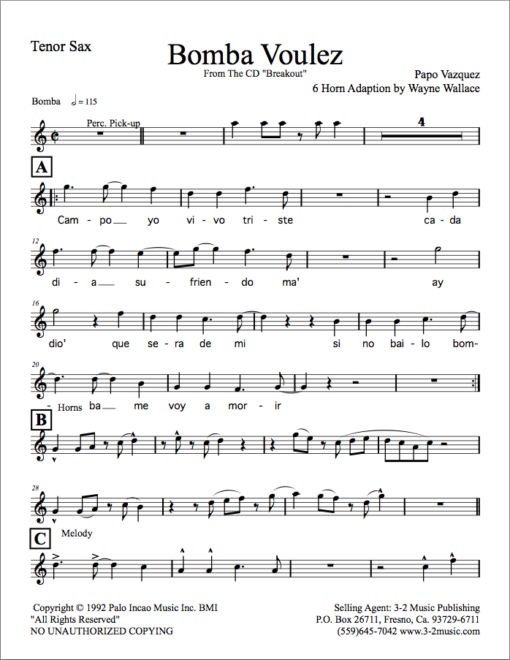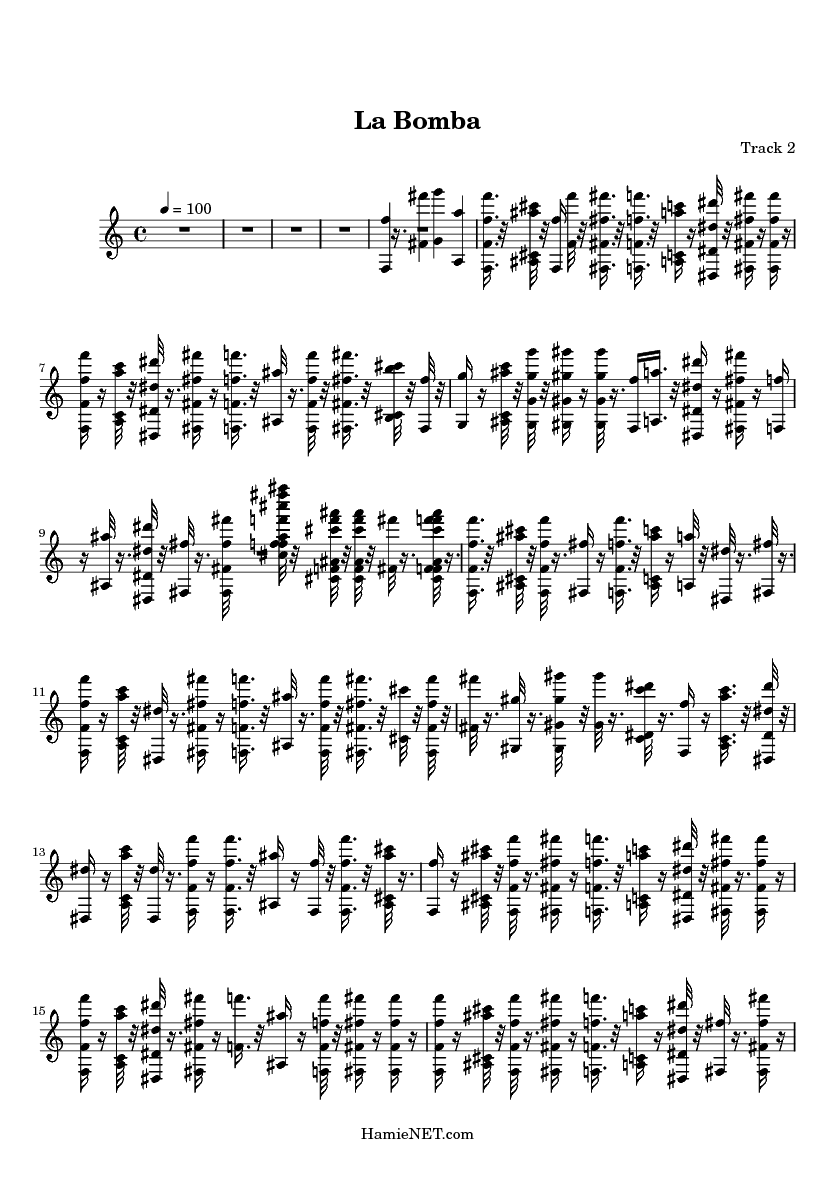


New York Ricans from the Hip Hop Zone, New York: Palgrave. National Performances: The Politics of Class, Race and Space in Puerto Rican Chicago, Chicago: University of Chicago Press. See, for example: Ramos-Zayas (2003) Ramos-Zayas, Ana Yolanda. Active participation should not be taken to mean that those who actively participate are the only subjects producing knowledge and meaning from the performances.Ħ. Active participation is not exclusively founded on the premise of being on stage, but rather as engaging with the band from a variety of spatial locations throughout the performance sites. I define an active audience member as those individulas who actively participate in the presence of live bomba performances by singing, dancing, or playing instruments. Nonetheless, the incorporation of two bomba bands is significant, given the genre's longer history of marginalization in Puerto Rico and lack of popularity among youth.ĥ. Instead, I was aiming to understand the experiences these two bomba groups encountered and how their stories and accounts related to larger questions of how bomba music had developed historically and how this informed these two bands. The initial intention behind this research project was not to find a large representative sample of all bomba youth bands. With the exception of one respondent, all those interviewed were between the ages of eighteen and thirty.Ĥ. Each focus group contained between six and eight persons. A total of eighteen individual interviews along with four focus groups were conducted. citizenship that prohibits their participation in national elections while also making them eligible for U.S. Commonwealth provides Puerto Ricans a number of fringe benefits including a (second class) U.S. colonial possession since 1898, it was not until 1952 that Puerto Rico was formally made into a U.S. I especially thank Merida Rúa, Gaye Johnson, Ana Yolanda Ramos-Zayas, and two anonymous reviewers for their careful suggestions and feedback as I worked through various drafts of this paper.Ģ. I borrow the first part of this title from the song “El eco de mis barriles,” written and performed by Víctor Vélez. This article maintains that (1) the relationship between dance partners remains marginal in meaning infused contexts of bomba and that (2) bomba as experienced by the performers in this study provides a useful research lens for reexamining both popular and colonial representations of gender performance within the public and private spheres in Puerto Rico.ġ. Standpoint theory, situated knowledge and the situated imagination. Based on this fieldwork and data, this presentation uses the historically “situated imaginaries” of these youth performers as means to understand the ways in which bomba is used and experienced differently by female and male practitioners ( Stoetzler and Yuval-Davis 2002 Stoetzler, Marcel and Yuval-Davis, Nira. The performers mentioned in this study include two youth bands as well as audience members from the San Juan metropolitan area (between the ages of 18 and 30) who participated in an ethnographic study during the summer of 2002. In short, the gendered division of cultural labor in bomba has received notable recognition, whereas bomba as a racialized and “gendered experience/expression” has not been sufficiently explored. Recognizing the importance of these initial studies, this article critically interrogates the gendered dimensions of bomba dancing as well as the historical and structural implications imbued within colonial and racialized contexts. Although bomba remains a largely understudied musical genre, the majority of studies on bomba have focused on the historicizing or anthropological detailing of bomba as an Afro-Puerto Rican musical tradition.


 0 kommentar(er)
0 kommentar(er)
